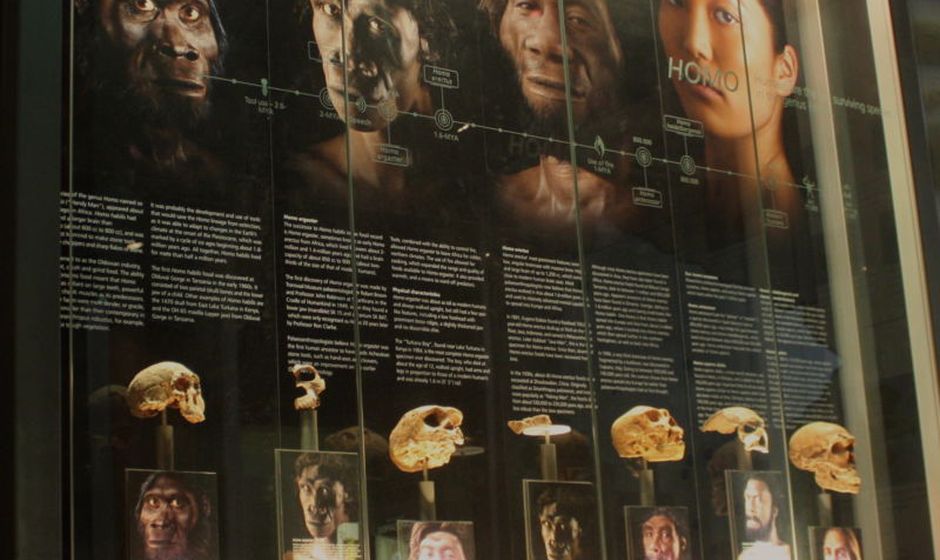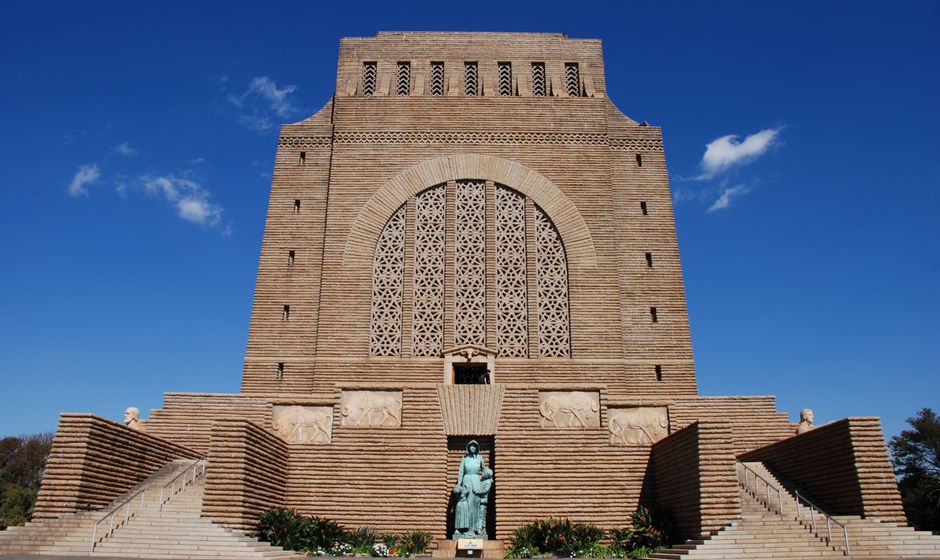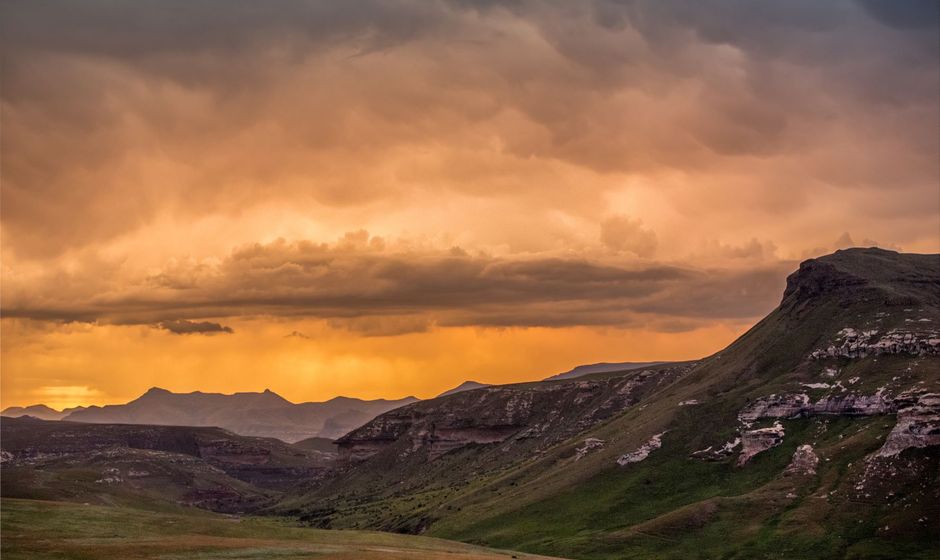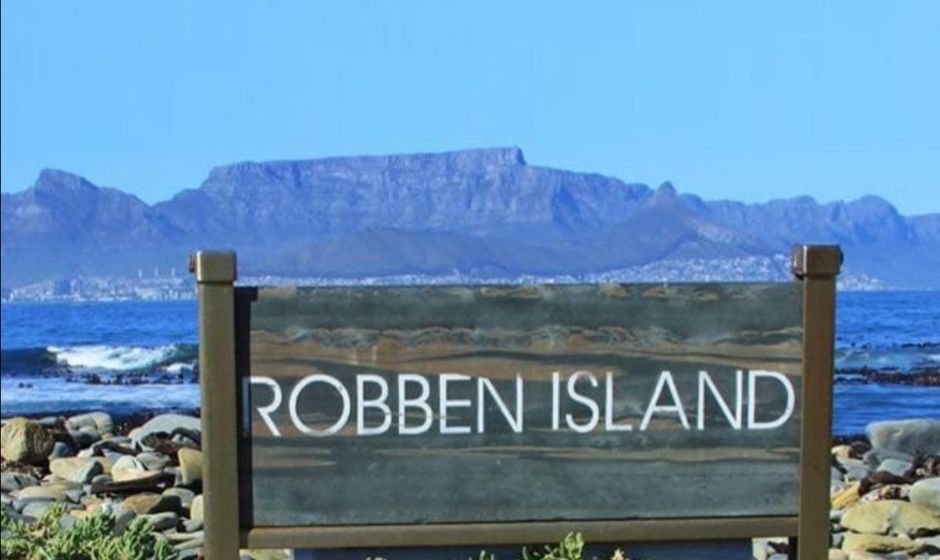If you have an appetite for exploring the past, you’ll find a slice of history around every corner in South Africa. This magical country boasts a rich and fascinating history that dates all the way back to humanity's origins, which began on the ancient continent of Africa. In fact, South Africa’s history comes alive no matter where you travel, from its buzzing cities to spectacular scenic landscapes and stunning coastlines. Curiosity piqued? Then read on, we've handpicked 5 historical sites that will give you a captivating glimpse into South Africa's past.

The Cradle of Humankind is one of the richest hominid fossil sites in the world and covers an area of 47,000 hectares (180 sq. mi) dotted with subterranean limestone caves. The fossil records of human evolution discovered here have led to the 'Out of Africa' theory’, that most human ancestors originated from one general area. Situated just an hour’s drive from Johannesburg and Pretoria, the Maropeng Visitor Centre offers a self-guided, interactive tour of humanity’s fascinating origin story. Your journey through time starts with the formation of the planet, moving all the way through the evolutionary processes that culminated in the world as we know it today. You’ll also see a world class and award-winning exhibition of fossils and stone tools that are up to one million years old. Cave tours begin above ground with a fascinating museum display of cave formations and geology, early life forms, mammals, and hominid fossils. The Sterkfontein Caves are credited with the discoveries of the world-famous fossils of “Mrs Ples”, the “Taung Child” and “Little Foot”, the latter being an almost complete Australopithecus skeleton dating back more than three million years, so heading underground to explore the caves is one of the highlights of the whole experience.

The Voortrekker Monument is a colossal granite edifice that stands proudly over Pretoria. This monument was built to pay homage to the Voortrekkers and within its walls you’ll discover the intriguing story of these ‘pioneers’ of a by-gone era. The Voortrekkers left the British Cape Colony in the 1830s to establish their own colonies in a move known as the Great Trek. Travelling by ox-wagon hundreds of Voortrekkers were killed in battles with native peoples while others died because of the hardships of the journey. The Voortrekkers played a major role in the development of South Africa founding towns and cities far into the interior of the country, so this mammoth structure is monumental in size and in meaning. You’ll find the Zulu Chief Dingane's 'assegai' (spear) welded into the black wrought iron entrance gate and an impressive circular granite decoration of 64 wagons representing the 64 ox-wagons used in the historic Battle of the Blood River. Stepping into the Cenotaph (empty tomb) Hall you’ll be amazed by all the Voortrekker Republic Flags while the high domed Hall of Heroes features impressive historic scenes in Italian marble. There’s also a burning lantern that hangs in a recess kept aflame since 1838, the start of the Great Trek and the basement museum contains original memorabilia of authentic everyday Voortrekker life. The highlight, however, has to be the opening in the Dome ceiling. Every year, at twelve o'clock on 16 December, a ray of Sunlight shines onto the centre of the Cenotaph striking the words- 'Ons vir Jou, Suid-Afrika' (Afrikaans for 'Us for you, South Africa'). This is one of those monuments that is so full of history, you really must take your time to explore every inch of it.

For anyone with an interest in South African history, the Apartheid Museum is one of Johannesburg’s must-see attractions. The museum offers an emotional and at times, harrowing insight into the turbulent history of state-sanctioned racism and segregation that lasted from 1948 to 1994. The museum experience begins at the entrance, where you will be divided into “whites” and “non-whites” and made to enter through separate doors—giving you a powerful insight into a time when people were grouped by racial categories and treated accordingly. The museum has 22 individual exhibition areas, all of which use a combination of artifacts, photographs, film footage and information panels to document the rise and fall of the apartheid regime.

The Battlefield Route in KwaZulu-Natal is a historical place where the most significant battles were fought on South African soil. During the latter part of the 19th century the British were at the height of building their empire, the Zulu nation was one of the strongest in Africa, and the Boers had rejected British colonialism and set off into the interior to establish their own colonies. This set the scene for battles such as the Voortrekker-Zulu war (1836-1852), the Anglo-Zulu war (1879), two Anglo-Boer wars, one in 1881, and the big one, otherwise known as the South African war (1899-1902), and the Bambata Rebellion (1906). With 82 battlefields, museums, old fortifications, and places of remembrance the Route boasts the largest concentration of war related sites in the country. Nothing beats standing on the ground where these battles were fought, soaking up the atmosphere as your passionate guide recreates the images of the chilling events that shaped South Africa’s future. One of the best ways to experience the Battlefields Route, is to choose an era, war or campaign and then select the sites you want to visit.

Located in Cape Town's Table Bay, Robben Island was once used as a penal colony, leprosarium, psychiatric hospital, and military defence post. Today however it’s most famous for being the maximum-security prison where former South African president Nelson Mandela, along with many other black opponents of the Apartheid regime, were incarcerated. Robben Island became a museum in 1997 and as a UNESCO World Heritage Site it’s become a symbol of the triumph of democracy over apartheid for many South Africans. Tours to the island depart from Cape Town's V&A Waterfront by ferry and start with an hour-long bus tour of the island, followed by a tour inside the prison and an opportunity to experience what life was like in the cells. Highlights of the tour include a visit to the limestone quarry where the prisoners spent years doing hard labour and the cave which was used as the prisoner’s bathroom. This cave is highly significant as it was the only place where the prisoners were able to escape the watchful eyes of the guards and became a sanctuary where the more educated prisoners would teach others how to read and write by scratching in the dirt. Subjects like History and politics were taught, and it is even said that South Africa’s future constitution was created within this secret “prison school”.
From where it all began in the cradle of humankind to the miracle of reconciliation, which gave rise to the Rainbow Nation, South Africa is a haven for history buffs. If you are dying to know more, contact us today as we have many more historical gems up our sleeve that are perfect for your next holiday itinerary. Check out the rest of our website for more travel inspiration and discover some amazing offers you can’t afford to miss.
Call Ash Jarvis on UK 01233 80 27 27 or visit www.bestofsouthafricatravel.com

UNFORGETTABLE FAMILY EXPERIENCE
Whenever I hear any friend contemplating a trip to South Africa, I now rush at them with every reason under the sun why they should let Ash Jarvis and the Best of South Africa Travel take care of their whole trip – because she gets it 100% right. Ash listened to what we wanted for our special 15-year wedding anniversary …